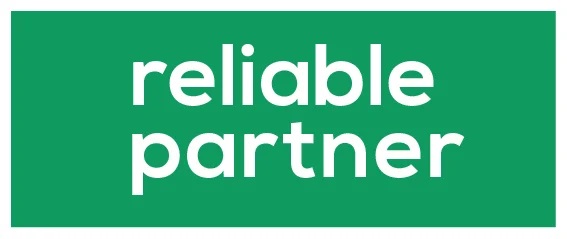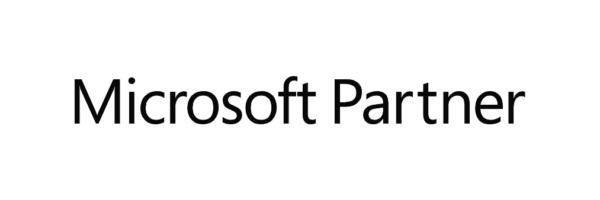Technical document or structural document – do you know the difference?
Introduction: terms that can easily get confused
Technical document, structured document, single-sourcing, modularity, technical writer… The field of technical communication is teeming with concepts that are partly overlapping, partly complementary – and often misunderstood. In this article, we will explore what they mean, how they differ from each other, and why understanding them is important, especially for those who work in content production, documentation, or information management.
What is a technical document?
A technical document is a document that aims to convey technical information in the clearest, most structured and most user-friendly way possible. It can be, for example:
- Operating or installation instructions
- API documentation
- Product information or maintenance instructions
A technical document can be in any format – PDF, Word file, or web page – as long as its content fulfills its purpose: to instruct, clarify, or document a technical matter. What is important is what is said, not necessarily how it is structured.
What about a structured document?
A structured document is a document in which the content follows a predefined structure. It separates information into content elements – such as headings, steps, notes, and warnings – using structures such as XML, DITA, or another markup language.
Structure brings with it numerous advantages:
- Content reuse: the same module can be used in multiple documents
- Consistency: structure guides writing consistently
- Automation: publishing to multiple formats is possible without manual work
- Localization: translation work is faster when content is logically broken down
All structured documents can be technical, but not all technical documents are structured.
Key concepts of structured documentation
Single-source means that the same content is written once and used in many different contexts. This reduces duplication of work and makes updates easier.
Modular documentation divides content into small, independent parts (modules) that can be combined into different documents for different target groups.
Multi-channel publishing allows content to be published in different formats – such as on a website, as PDF or on mobile – without separate layout or copying.
Technical writer – content production expert
A technical writer is a professional responsible for producing technical documents. Their job is not only to write, but also to:
- Structuring complex information
- Understanding the needs of the target group
- Ensuring content accessibility and usability
- Collaboration with experts, developers and translators
A technical writer brings the reader's perspective to technical documentation and acts as a bridge between technology and people.
Sources:



